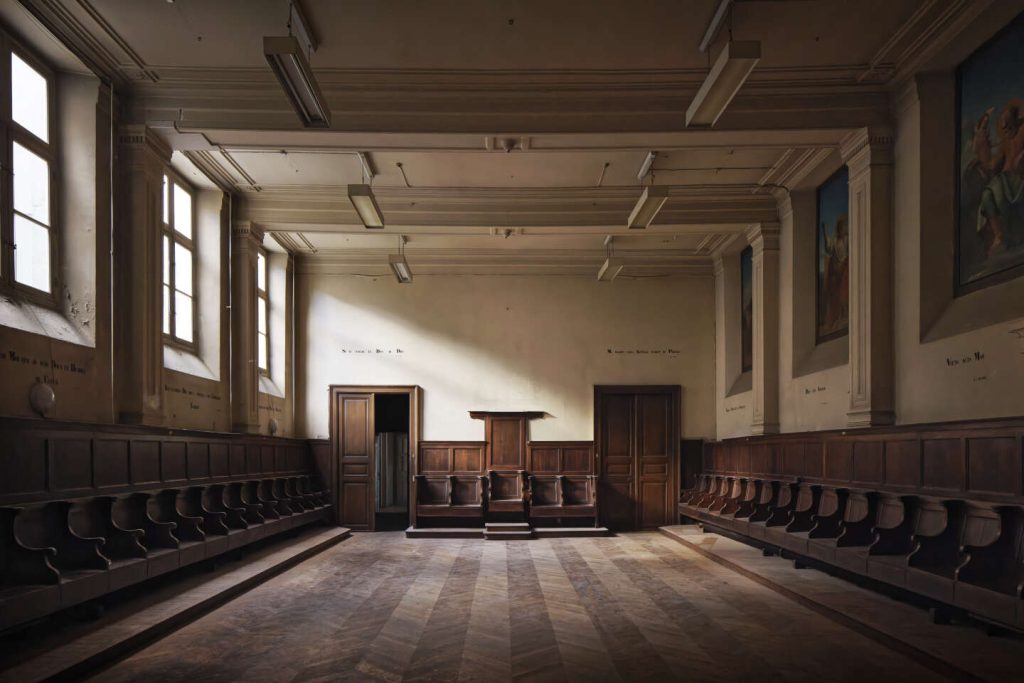Julien Lacaze, a lover of old stones, was taken by surprise during a stroll in Paris in 2020. In the picturesque rue du Cherche-Midi, he discovered the monastery of the Visitation in the 6th arrondissement. The site, previously owned by an aristocratic family, features a chapel from 1820 and a large garden. The monastery covers over 7,000 square meters and after the departure of the Visitation sisters in 2010, the place remained untouched, becoming a hidden gem for Lacaze.
As the president of the heritage protection association Sites & Monuments, Lacaze was shocked by the beauty and historical significance of the monastery. He noted the unique presence of a small urban farm and the fascinating architecture, including Louis XVI pilasters. The monastery had remained untouched for years, offering a rare glimpse into a bygone era within the bustling capital city. The discovery of such a hidden gem within Paris was a significant moment for Lacaze, who appreciated the historical and cultural value of the site.
After the Visitation sisters left, the diocese of Paris took possession of the monastery, which had remained untouched for years. The Church decided to convert the site into a solidarity housing project, accommodating three associations that would help pregnant women in difficult situations, individuals with disabilities, and others facing precarious conditions. This project, initiated by the last five resident nuns, was approved by the local government in 2019, aiming to create a space for mutual assistance and charity within the community.
Despite the noble intentions of the Church to repurpose the monastery for social good, Lacaze became alarmed when he learned that certain parts of the historical site would be demolished to make way for new buildings. Annexes such as a bakery, a laundry facility, and the urban farm were slated for destruction, causing concern to Lacaze about the irreversible damage that the modernization project would incur on the heritage site. The planned renovation and construction work were set to begin in December 2024, prompting Lacaze to voice his opposition to the changes.
Lacaze expressed his dismay at the potential loss of heritage and destruction of valuable historical elements within the monastery. He argued that the proposed alterations would compromise the integrity and cultural significance of the site, emphasizing the importance of preserving such locations for future generations. Lacaze’s concerns about the irreversible damage and disregard for the heritage value of the monastery reflect a broader debate about balancing modernization efforts with the preservation of historical landmarks within urban environments. The ongoing struggle to protect sites like the monastery of the Visitation highlights the challenges of maintaining cultural heritage in rapidly evolving cities like Paris.


